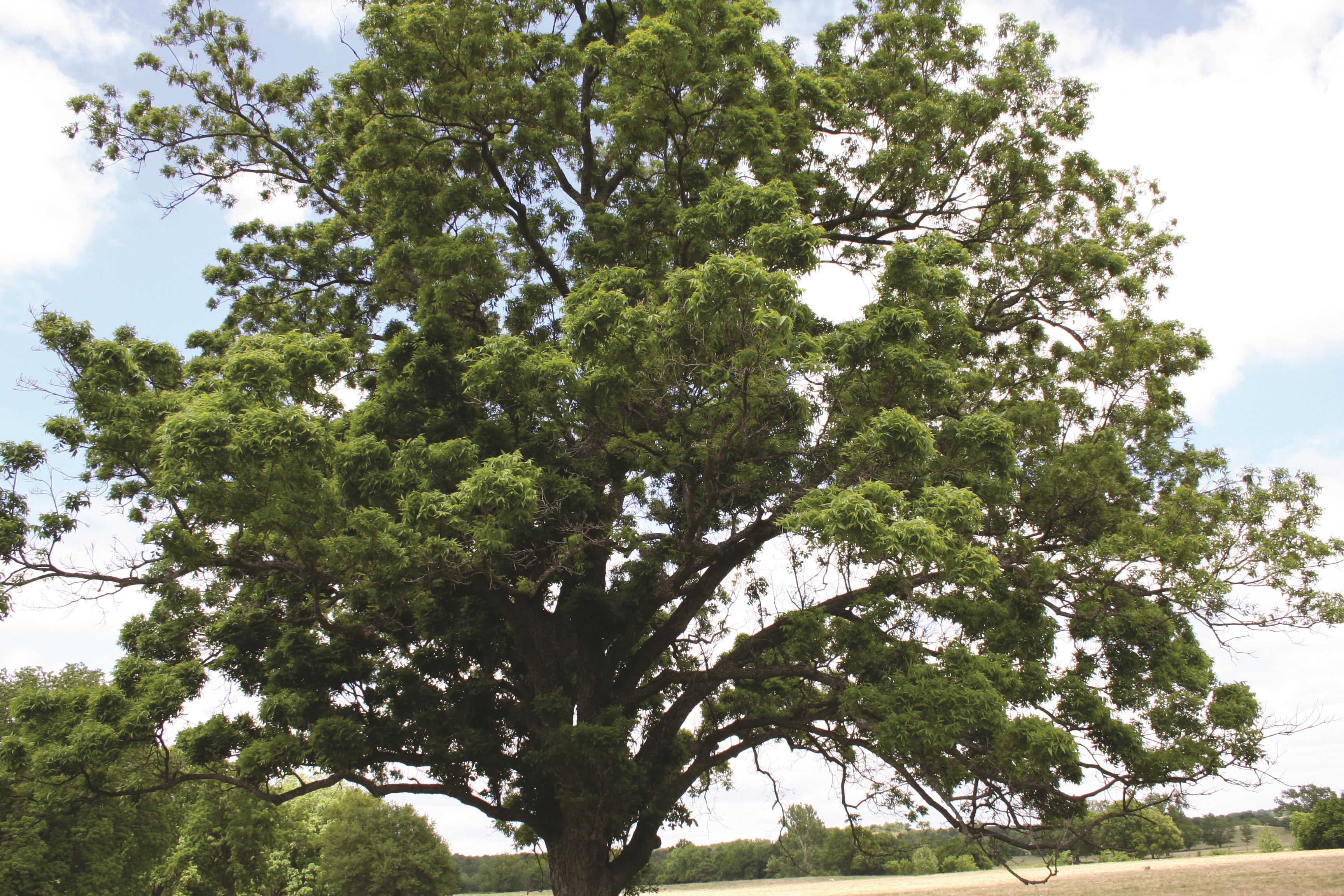Disease Gallery
Disease Details
Bunch Disease
phytoplasma
Movement of the disease within a tree and between trees can occur slowly over a period of many years or be fairly quick spreading throughout an orchard in three to four years. Often, the disease appears to move into a grafted orchard from seedling trees in wooded areas near the orchard. The pathogen also can be graft-transmitted. Terminals with the disease do not produce nuts, and thus a significant level of the disease can cause economic yield loss. Terminals that are not affected by the disease can produce good quality nuts. Some varieties are more resistant than others and they may be successfully topworked onto susceptible trees.
It is not known how the pathogen infects trees but it is suspected that insect vectors are involved because leafhopper vectors transmit phytoplasm pathogens in other plant diseases. It is believed that the pathogen is insect transmitted, probably by leafhoppers.
This disease causes shortened internodes that produce a “witches-broom” appearance on affected limbs. Terminals affected by bunch disease produce crowded shoots from numerous buds that normally would not be active. These dense, compact shoots often look like a broom head sticking out of a limb. Terminals with bunch disease usually start growing earlier in the spring than the unaffected terminals. This premature shoot growth provides an easy way to identify the disease in the spring. Terminals with bunch disease can be more difficult to recognize after trees are in full foliage. The disease may occur throughout a tree or be limited to a few scaffold limbs. The characteristic symptom of bunch disease is bushy growths of slender willowy shoots, resulting from an abnormal forcing of lateral buds. Symptoms may appear on only one branch or on many branches. Bunch disease is very conspicuous in the spring and early summer because the diseased shoots leaf out earlier than noninfected shoots.
